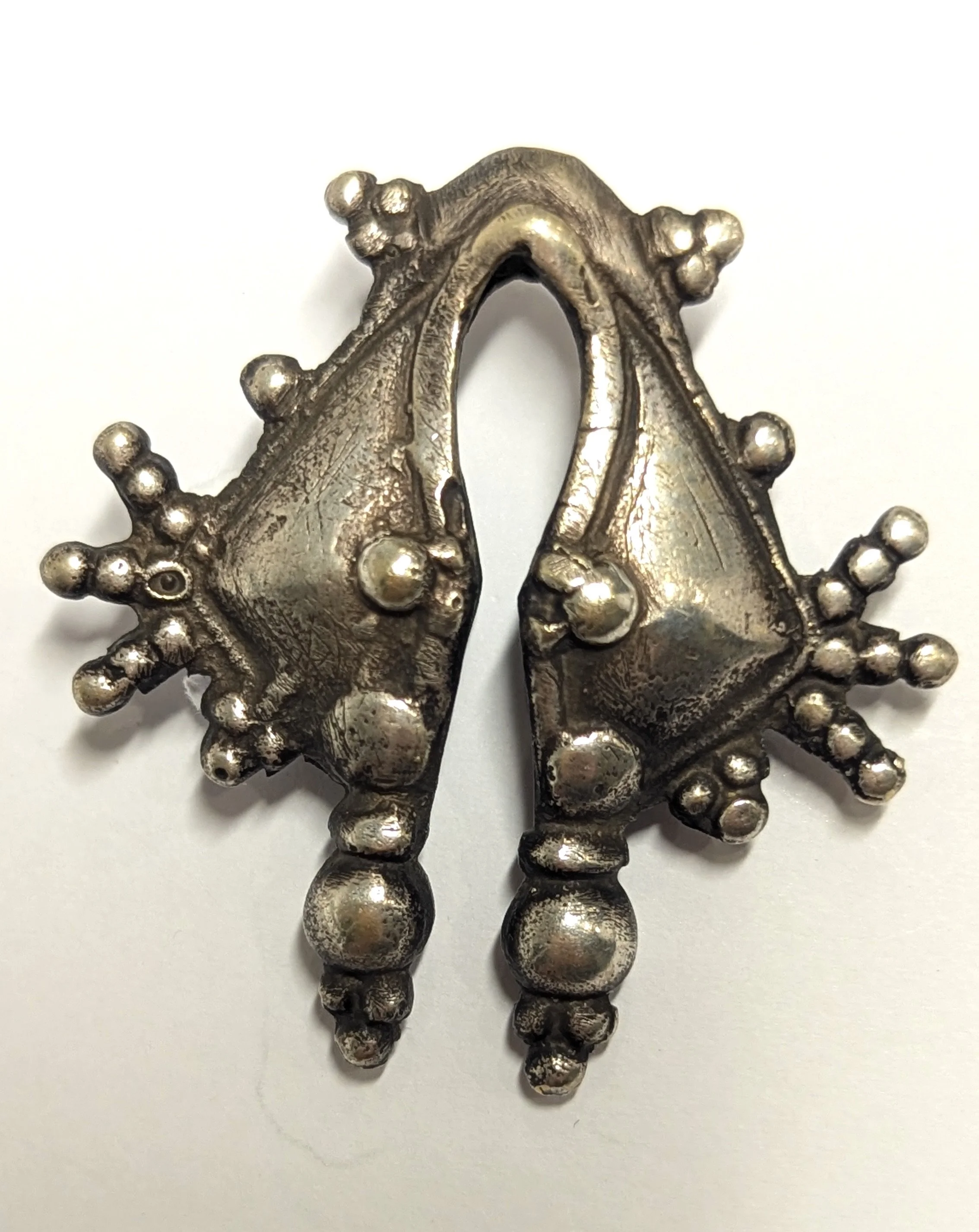Once known as "Sandalwood Island" for its fragrant timber, Sumba later became famous for its miniature horses and megalithic traditions. The island's aristocracy preserved a rich artistic heritage, reflected in its elaborate gold ornaments, finely woven textiles, and ritual objects.
Among the most iconic Sumbanese heirlooms are mamuli pendants, omega-shaped gold ornaments symbolizing fertility and social status. These, along with chest pectorals and tortoiseshell combs, played a crucial role in marriage exchanges, marking a family’s ancestral connections. Initially crafted by immigrant goldsmiths, these treasures became integral to Sumbanese identity, often stored in noble houses and displayed during important ceremonies.






